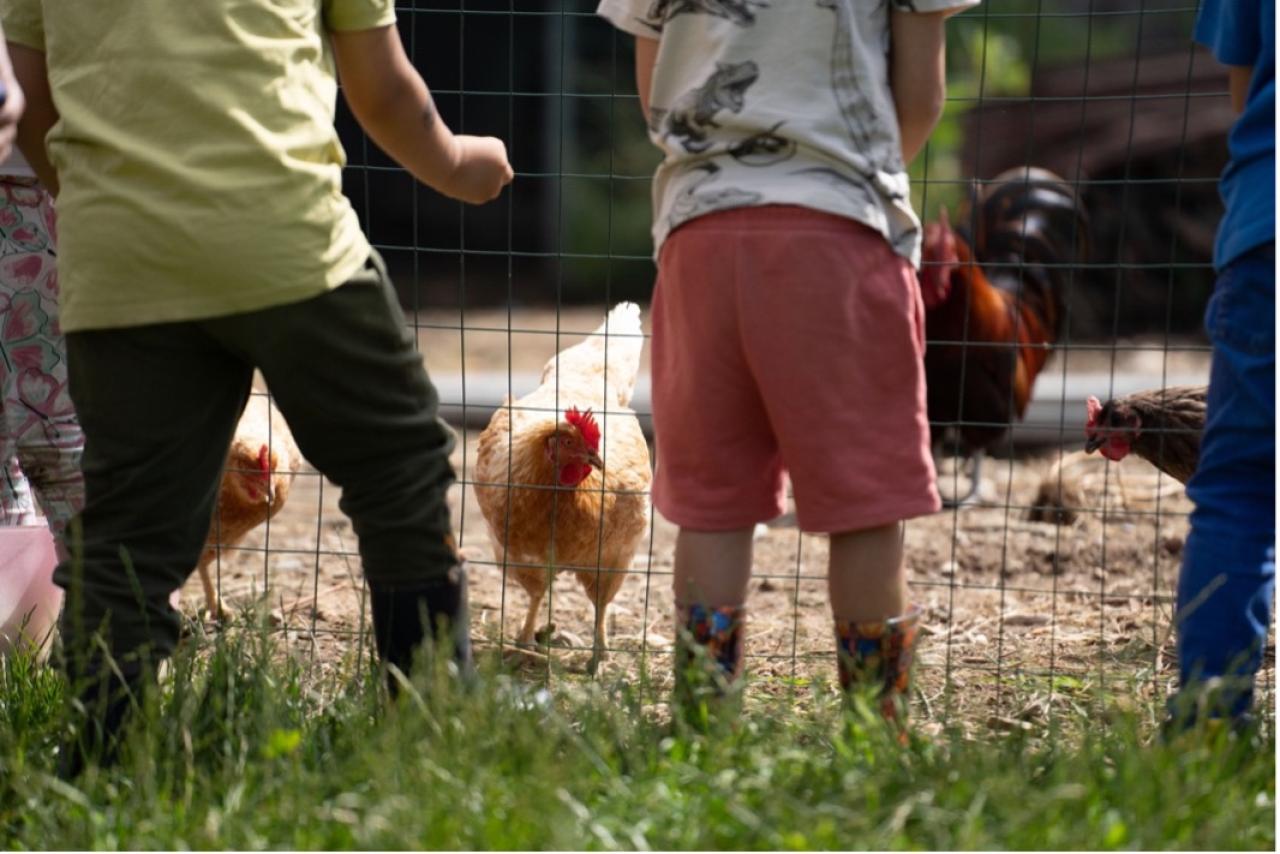‘Going local’ is not just a trend or a buzzword; cities throughout Europe are prioritising local food production and consumption as part of a holistic and systemic approach towards integrated sustainable food systems. Scientific and policy research shows that cities with agricultural land have an advantage and opportunity to relocalise their food systems by making farmland and practices more accessible.
On 23-24 October 2024, Milan (IT) will take on sustainable land use at the next EU City Lab, a series of knowledge-sharing events co-organised by URBACT and the European Urban Initiative (EUI).
The Milan edition marks the third EU City Lab on Local Food Systems since March 2024, following Mouans-Sartoux (FR), where we explored changing habits for a healthy and sustainable food system, and Liège (BE), where we considered public procurement for more local, seasonal and sustainable food.
Let’s find out more about what sustainable land-use practices are, why they are important for cities, and what we can expect from the next EU City Lab.
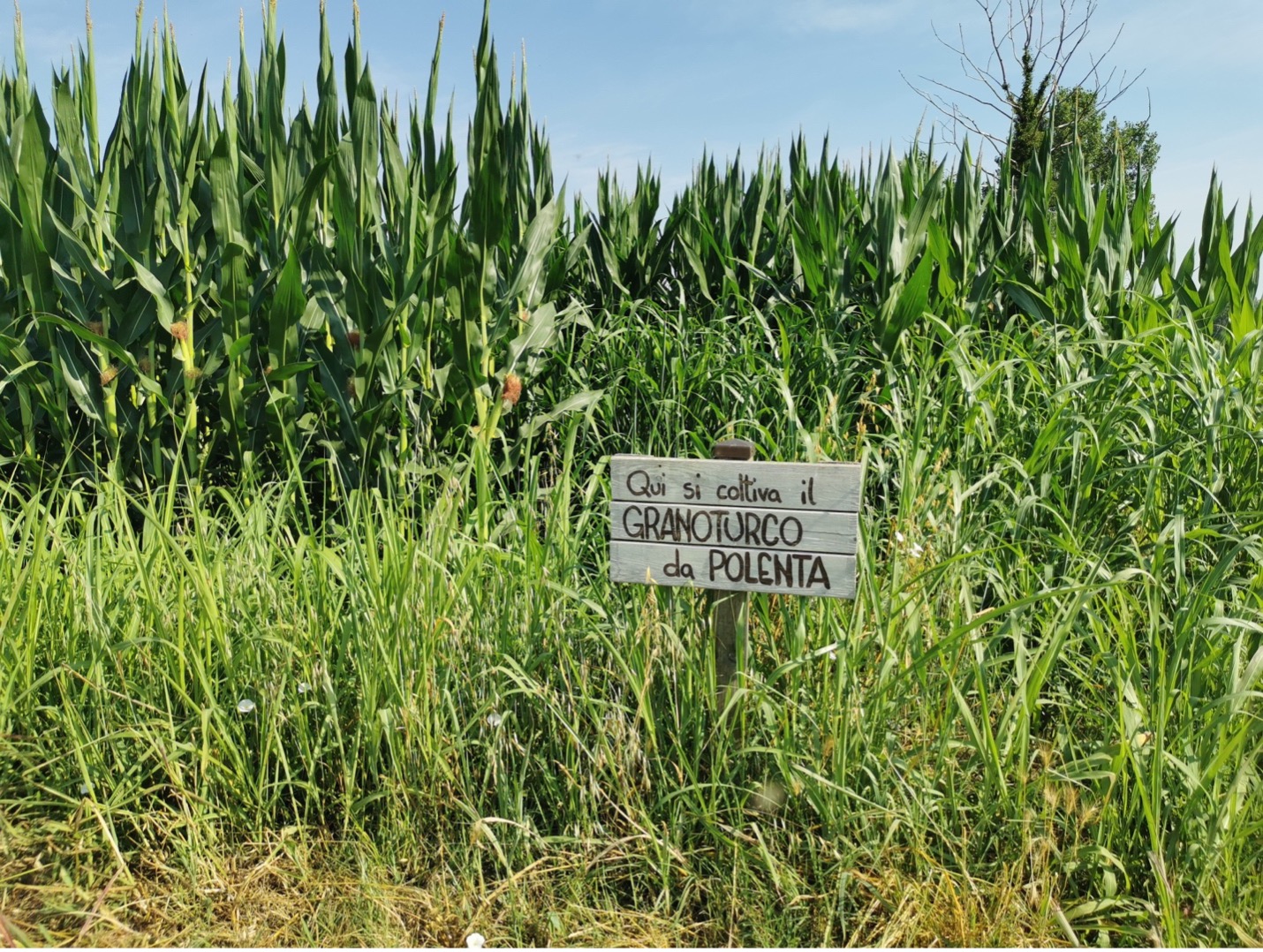
Source: Cascina Claudina, City of Milan, Food Policy department.
Farming within the city limits
In the EU, artificial land cover increased by 13%, between 2000 and 2018, which accounted for over 1 million hectares of land converted to urban use. Such land pressure has led to uncontrolled urban development (sprawl), together with reducing biodiversity, land for agriculture and increased greenhouse gas emissions and air pollution. In a May 2024 report, IPES-Food experts revealed that land inequality is on the rise worldwide. Farmers and the communities, who for generations have produced food and taken care of the land, feel like they are being ‘forced out’.
At a glance, what constitutes ‘available land’ varies greatly between densely populated cities and rural areas, and varied solutions have been applied for the best use of available land. While urban farming will never feed a million-inhabitant city, it can trigger wider changes in overall local production.
European cities – like Milan – are taking necessary steps to make land more available and accessible for farming and food production. Some examples are presented below.
Sustainable practices: how are cities feeding themselves?
1. Strategising the availability and accessibility of land for food production
Before looking at examples, what do we mean when we talk about land-use strategies to feed the city? Food production is often the competence of the regional level of government rather than of the city itself. The city departments leading on this work are mostly those responsible for employment and sustainable economic development, or agriculture and the environment. In practice, this can be quite technical and administrative, taking the form of special zoning regulations or land acquisition schemes to advertise free land and engage farmers.
Cities have developed tools and strategies to make access to land possible for food production. In Palou – Granollers (ES), the focus was on recovering unused and under-used land for agricultural purposes. The city council used several levers to improve access to land and make landowners interested in farming (e.g. taking measures to classify agricultural land, issuing subsidies and other incentives for landowners to sell/rent land for agricultural purposes, etc.).
Before making land available it is key to make it fit for food production. This is the objective of the UIA SPIRE project led by Baia Mare (RO) which have focused on the reuse of heavy metal-contaminated land in the city, through adaptive phytoremediation and the creation of new urban ecosystems, as a long-term strategy for sustainable local economic development.
Since 2010, Eurométropole and City of Strasbourg (FR) has been using a methodology for allocating free land. As of 2021, they have also initiated a price programme for farmers over 55 years old without a buyer. In 2014 in Paris (FR), with support from the city’s water supplier Eau de Paris, 264 ha of agricultural land were made available, including 73% already converted to organic farming. Other initiatives support farming entrepreneurs or scaling up urban and peri-urban food production (e.g. Strée) or direct producer-to-consumer interaction and matchmaking (e.g. Gothenburg).
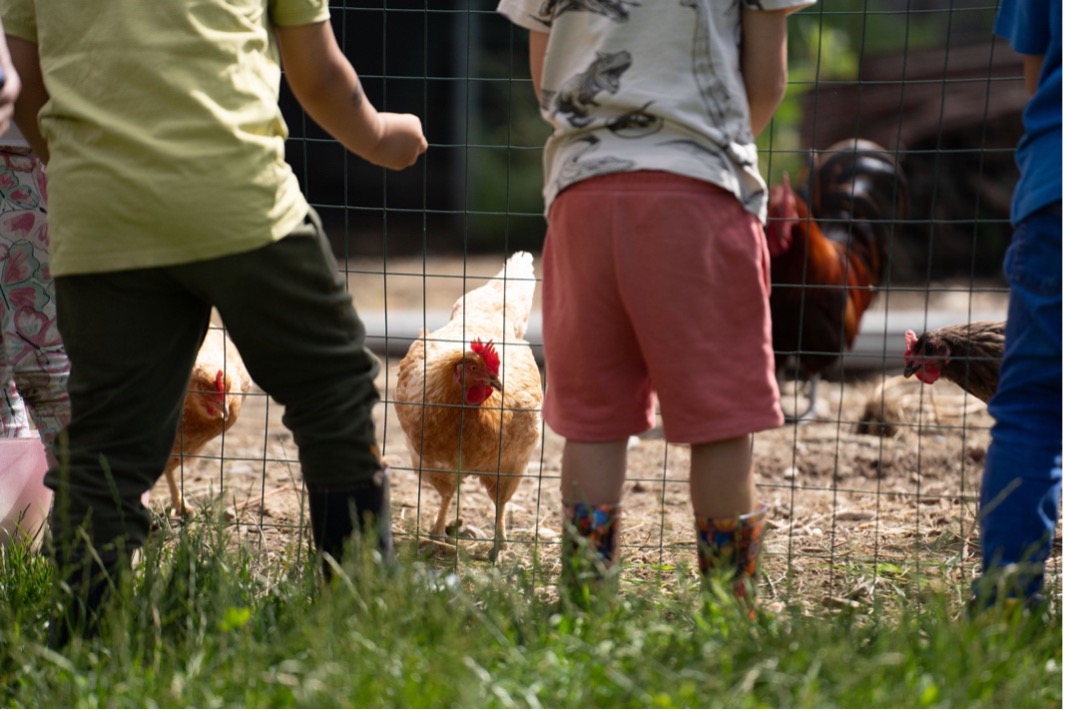
Source: Cascina Linterno City of Milan, Food Policy department.
2. Sustainable land use with local communities
Community gardens, public or private rooftops, and nature-based solutions, such as green corridors, improve the environmental standards and promote climate adaptation solutions. Realistically, municipal farms cannot feed entire cities; yet, by providing foodstuffs for example to school canteens, they are part of wider ecosystemic change. Urban farming practices are highly relevant to educate, raise awareness, create a spillover effect for individual and common practices. This can involve joining a Community Supported Agriculture Scheme or merely become more familiar as to where our food comes from, the way it is produced and as such, where it should be purchased. It can also create vocations for agriculture at the outskirts of cities.
Land can also be given to NGOs or citizen groups such as the project La biodiversità dentro la città: la Val d’Astino di Bergamo. De Site (Ghent) and Le Citoyen Nourrit la Ville (Mouans-Sartoux) are other examples of active community gardening sites. Les Jardins d'Arlette in Caen (FR) and Orti Generali in Turin (IT) are educational ‘living labs’ for sustainable impact as well as organic food production.
The community solidarity developed through urban farming can also tackle societal challenges not readily associated with climate (e.g. urban poverty), as was the case in Pozuolli (IT), where unused land was transformed into farmland.
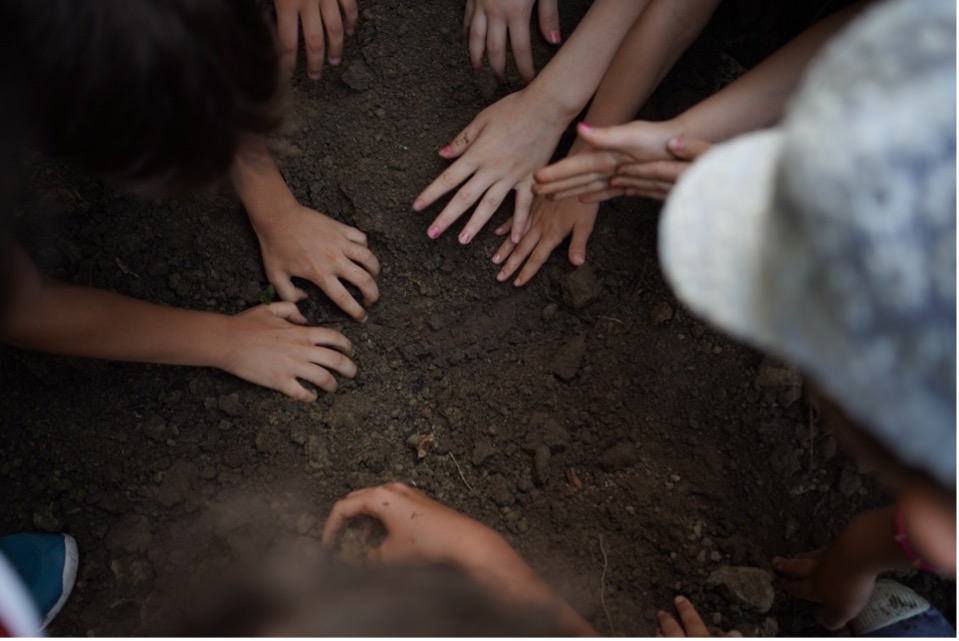
Source: Cascina Claudina, City of Milan, Food Policy department.
3. URBACT Networks are in the mix
Several of these solutions that make land available to farmers can be found in URBACT cities, through previous and ongoing URBACT Networks and joint initiatives. For instance, Mouans-Sartoux (FR) and Troyan (BG) have been working with municipal farms to feed students in local canteens. This practice was developed and transferred to other European cities through URBACT’s BioCanteens Network #1 and #2.
Almere (NL) and Mollet del Valles (ES) have undertaken ambitious urban farm projects through URBACT Networks. In fact, almost 50% of Mollet del Valles is rural/agricultural land, of which 734 hectares (the Agrarian Park of Gallecs) are protected from real estate to promote employment and entrepreneurship in the organic agricultural sector.
Rome (IT) transferred its experience managing urban gardens to other European cities through URBACT’s RU:RBAN and RU:RBAN Second Wave Networks.
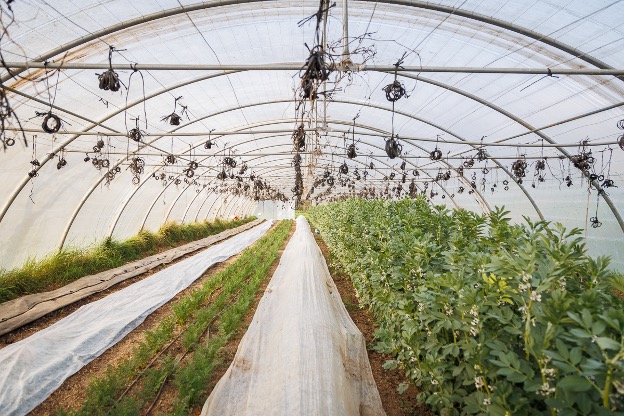
Municipal farms in Mouans-Sartoux. Source: URBACT
The Milanese experience: Urban resilience through food production
The previous sections present a tapestry of local food production efforts in different European cities. Let’s now look closer at Milan, the host city of the next EU City Lab. With a substantial presence of farmsteads distributed throughout the municipal territory, Milan is the second largest agricultural city in Italy, with 2 910 hectares reserved for agricultural purposes. The city’s 2019 Land Management Plan aims to reserve over 3 million square meters of free and/or cultivated areas.
The 2015 Milan Urban Food Policy Pact was instrumental in reinforcing a commitment to sustainable food systems in Milan, but also throughout Europe. ‘Food production’ is explicitly recognised in the Pact’s Framework for Action. The recommended actions are all those aimed at strengthening sustainable food production, stressing the importance of rural-urban linkages to promote and strengthen urban and peri-urban sustainable food production, apply an ecosystem approach to holistic and integrated land-use planning and management enabling secure access to land for sustainable food production, provide services to food producers in and around cities, support short food chains and improve waste and water management and reuse in agriculture.
Today, more than ever, the theme of agriculture in Milan is developed through a multidisciplinary approach that involves productive, economic, social and environmental aspects. It is worth looking closer at key developments in this local policy framework context:
1. DAM – Milan’s Agricultural District
The Milanese Agricultural District (DAM in Italian) is one of five protected rural areas surrounding the city. The mode of agriculture in this area is closely linked to the city, not only by virtue of its physical proximity to built-up urban areas. The DAM Consortium (Consorzio Distretto Agricolo Milanese) was established in 2011, involving a network of local authorities and companies located near built-up urban areas.
This agricultural cooperative is made up of more than 30 farms located in the Milan area, covering approximately 40% of the agricultural territory. The work of the DAM Consortium contributes to landscape and environmental redevelopment and to enhancing the heritage of farmsteads and farm centres.
2. Farmsteads and farmers markets
In Milan, farmsteads are also the corporate headquarters of agricultural enterprises that have progressively developed new projects and services for the public. For example, in many farmsteads agricultural and breeding activities are also accompanied by educational farms and agritourism activities. Recently, various farmers markets have been set up in the Milan area where it is possible to buy agricultural products directly from the farmers. There are approximately nine markets where producers display and sell to the public.
Strengthening the city-countryside connection by linking metropolitan agriculture with school’s canteen procurement and the rural landscape with the dimension of urban life has been an objective of the Municipality too. Thanks to the Mater Alimenta Urbe, since 2015, Milan has been able to provide rice for school canteen locally produced within the boundaries of the city in one of the several Milanese farmsteads.
3. Learning and transfer Milan’s experiences through URBACT
Through the Urban Innovative Actions-funded project OpenAgri, Milan adopted a place-based approach, focusing on new skills for new jobs in peri-urban agriculture. In an urban fringe – transition zone between the consolidated part of the city and the agricultural lands – the city developed an innovative urban service aimed at creating new jobs, skills, start-ups in agri-food sector (including production, processing and food waste) while increasing the level of resilience and sustainability of the city.
With this in view, a series of selected partners have been engaged in using in the best possible way a public-owned 30-hectares plot of land surrounding the south Milan Parco Sud boundaries.
Among other project highlights, OpenAgri has been recognised for exploiting the potential of several food policy experiments within a single integrated ‘Open Innovation Hub on Peri-Urban Agriculture’ to prototype disruptive and innovative solutions regenerating the concerned peri-urban zone of the city by making it an example of social inclusion and innovation.
The practice developed through the project was transferred to three other cities (Stara Zagora, Almere, Vila Nova de Gaia) via the URBACT NEXT AGRI Innovation Transfer Network. The learnings and transfer components of this Network will be front and centre at the next EU City Lab.
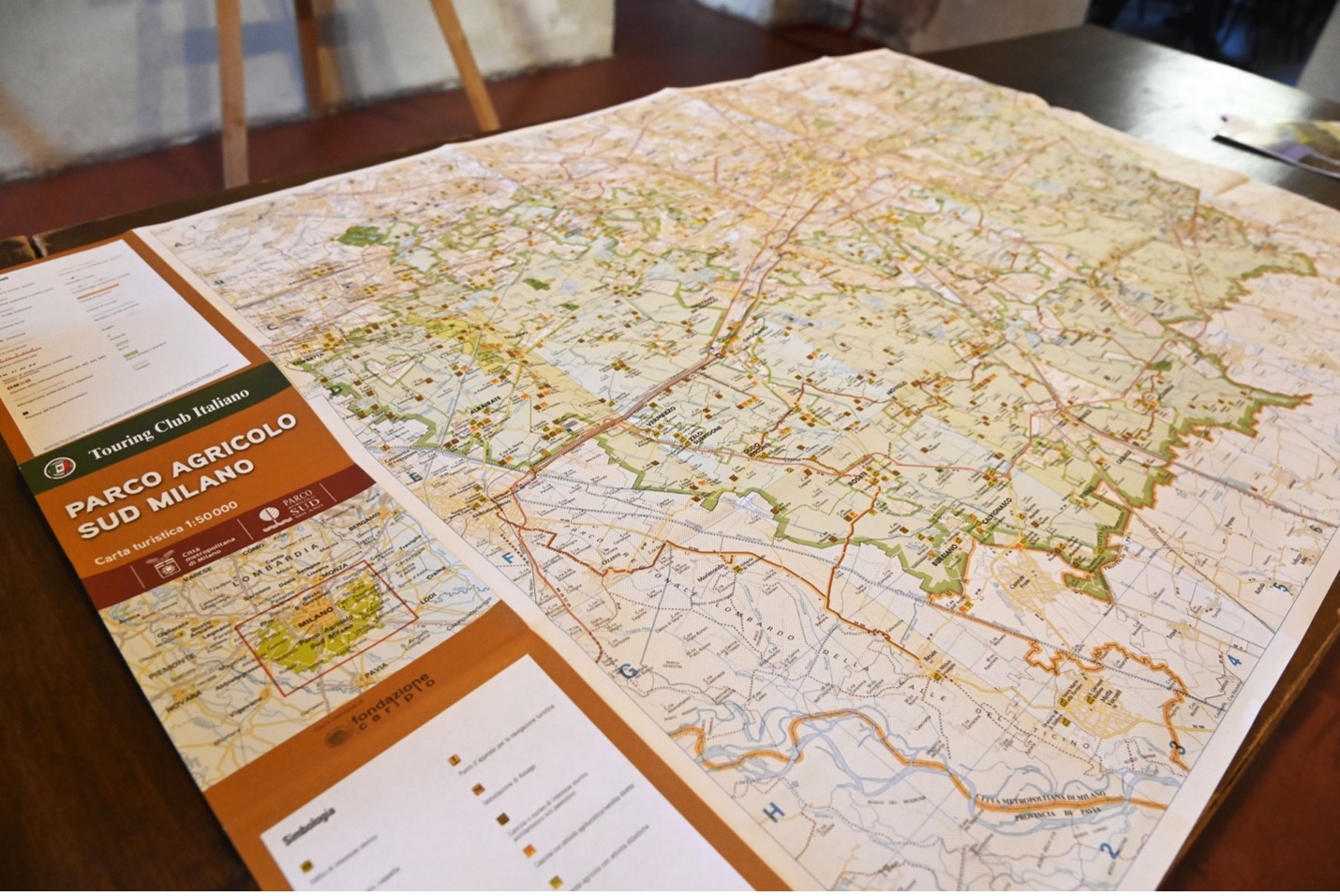
Source: Milan agricultural park City of Milan, Food Policy department.
What’s on the agenda at the next EU City Lab?
From 23-24 October, the EU City Lab on Land Strategies to Feed the City will provide a nice conclusion to the three-part series on Local Food Systems. While it will broach issues raised in the previous Mouans-Sartoux and Liège editions, ultimately, this edition will be a stand-alone opportunity to learn from Milan and other European cities implementing innovative land-use strategies.
There will be interventions from Anna Scavuzzo, Vice-Mayor of Milan in charge of Food Policy, and others working on Food, Agriculture and Education in Milan. In addition to dedicated sessions on the situation in Milan and multilevel governance, there will be speeches from URBACT and EUI Network partners from different European cities (some of which were featured as examples in this article). If you need to stretch your legs over the two-day event, Milan got you covered and offers you the opportunity to visit Cascina Campazzo and Cascina Cuccagna.
Are you interested in meeting with other cities, representatives and organisations working on this issue? Register here and check out the event agenda. Seats are limited, so be sure to sign up in advance! The programme is still being finalised, so stay tuned for updates, from farm to fork.
Want to read more from URBACT experts on food and related topics? Visit the URBACT Food Knowledge Hub or check out the URBACT Networks (Food Corridors, BioCanteens #1 and #2, RU:rban and RU:rban Second Wave, Sustainable Food in Urban Communities, Agri-Urban, Next Agri) and UIA projects (OpenAgri, MAC) that have developed solutions to make land available to farmers.

